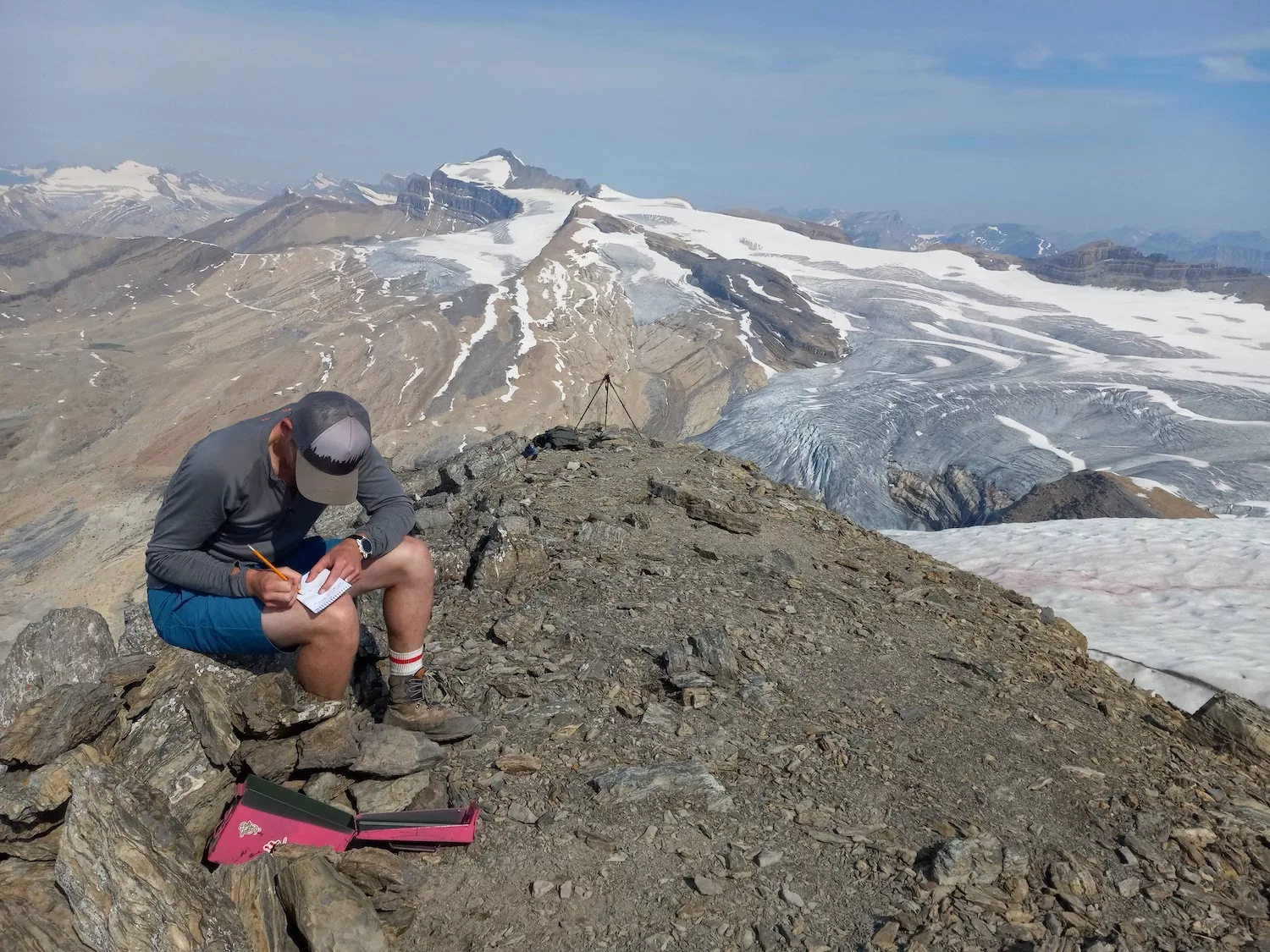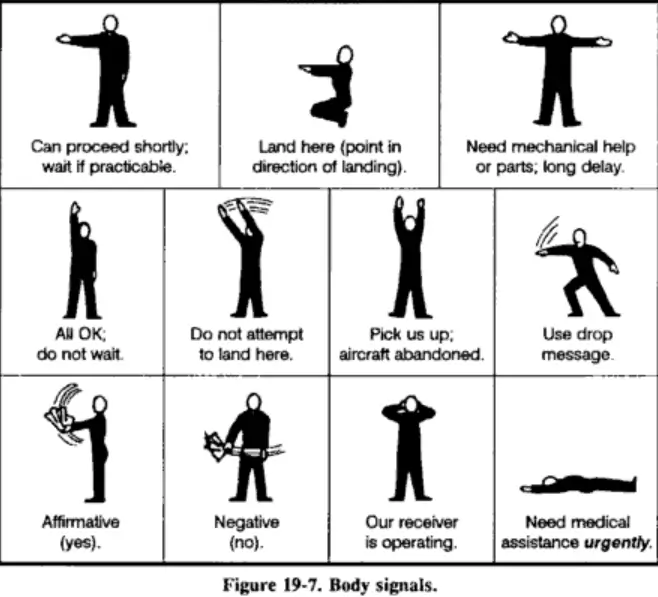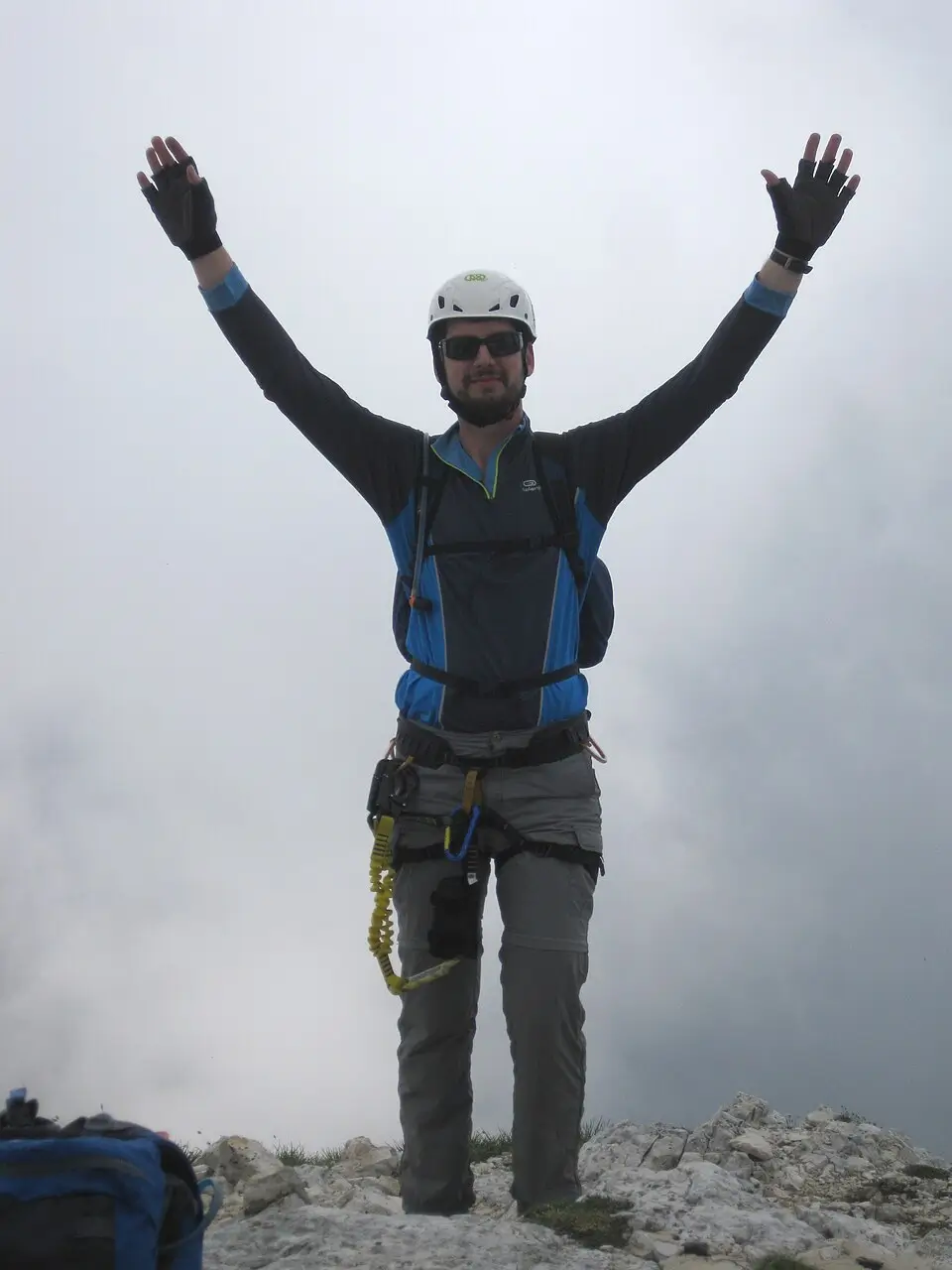Climbing Slang and Signals: How Mountaineers Communicate
In the mountains, words weigh more. There’s no time for lengthy explanations when you’re roped together on a narrow ridge or battling wind at 7,000 meters. Over time, climbers have created a language of their own – quick, colorful, and packed with meaning. Whether it’s shouted across an icy slope or whispered over a shared stove at base camp, this summit talk is essential gear in itself.
Let’s decode the secret language of mountaineers.

Table of contents
The Slang That Sticks
The Slang That Sticks
You won’t find this vocabulary in textbooks – but you’ll hear it from the Khumbu Icefall to your local crag:
- Beta – Information or advice about a climb. (“Got any beta on the descent?”)
- Bomber – Absolutely secure. Can be a piece of gear, a snow anchor, or even a bivy spot.
- Epic – A climb that turned into a dramatic, often unintended adventure – usually involving bad weather, getting lost, or unplanned bivouacs.
- Send – Successfully completing a climb. (“He sent the route on his first try!”)
- Bail – To retreat from a climb, usually for safety reasons. No shame in it – smart climbers know when to bail.
- Crux – The most difficult part of the route. “The crux is just before the summit ridge.
- Alpenglow – the worthiest of all reasons to start early and stay late; the pink, peach or purple glow on the mountains during sunrise or sunset when the sun is just below the horizon
- Bushwhack – pushing through brush and thick vegetation off trail; especially unpleasant through patches of devil’s club and during or after a rain shower
- Mummy bag – a fitted sleeping bag with a hood; named after the sarcophagi shape, and perhaps because it can feel restrictive and coffin-like to the starfishers among us.
- Sweeper – a type of river hazard: low hanging branches that can sweep you right off your boat.
- .J-stroke – named after the shape of the stroke; forward propulsion ending with a corrective hook; used to travel in a straight line, especially handy when paddling a canoe solo.
- Guy lines – pieces of cord used to anchor a tent or tarp to the ground, trees or poles
This lingo isn’t just for fun – it’s fast, efficient communication. And when conditions turn risky, that matters.

Hand Signals: When the Wind Drowns Words
On steep walls or in howling alpine wind, yelling just doesn’t work. That’s where hand signals come in. Most climbing teams develop their own variations, but some are widely recognized:
Fist in the air: Stop.
Thumbs up: On belay, ready to climb.
Patting helmet: Rockfall or danger above.
Arm windmill: Rope is free – start climbing.
Pointing up/down with rope motion: “Take in” or “Give slack.”
These silent cues can save time – and lives. Before any climb, pros always review signals as part of their safety checks.
Summit Talk and Traditions
The summit isn’t just a destination – it’s a moment loaded with meaning. And the language reflects that:
Summit fever– The dangerous obsession with reaching the top at any cost.
Touch the top– A phrase some climbers use when finally reaching the summit – gentle, humble.
Tag and go– Reaching the summit without lingering, often for speed or safety reasons.
Summit shot -The essential photo, but in high-altitude ethics, it’s more than just proof. It marks the emotional and physical peak of the climb.
In the Himalayas or the Alps, some climbers carry small flags, mementos, or even ashes of loved ones. Words are few – but gestures and rituals say everything.

Why This Language Matters
Mountaineering slang might seem casual, even playful – but it carries weight. It’s fast and efficient, yes. But it’s also bonding. Knowing the terms marks you as part of the tribe. It’s a language shaped by altitude, risk, and respect for nature’s extremes.
For new climbers, learning this lingo isn’t just about fitting in. It’s about safety, connection, and culture. And for veterans, it’s a reminder: mountains teach us to speak clearly, act fast, and always listen – to each other, and to the mountain.
